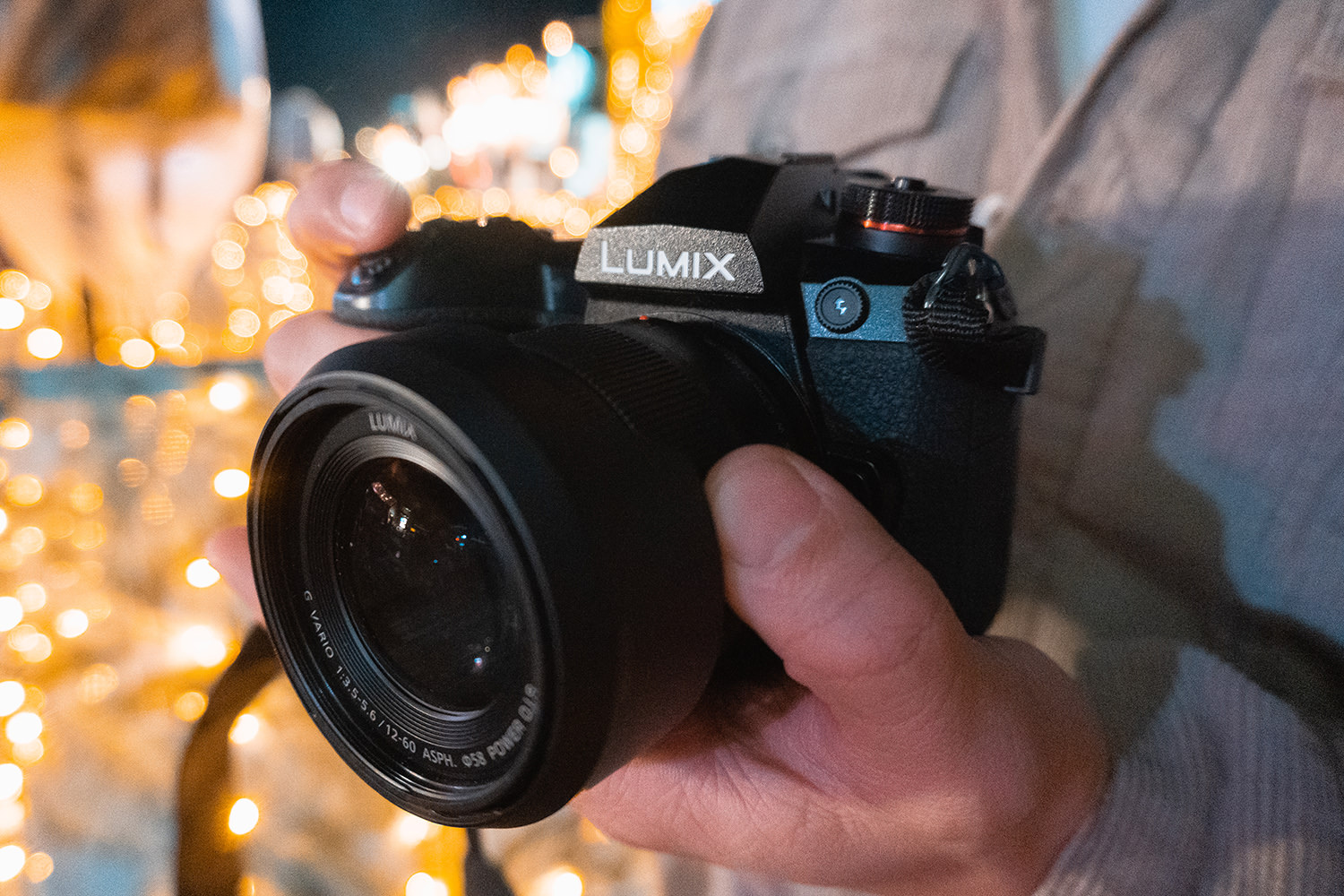
The Lumix G9 and I were first introduced at its Australian launch in Sydney in November 2017, where it was presented as a wildlife or sports photographer’s dream – super-fast shooting speeds, wild autofocus speed and a rugged weatherproof design. I’m a humble wedding and portrait photographer living in a semi-tropical Australian city, but I fell for the G9 anyway. By the time the folks at Panasonic reached out to offer me a chance to test the G9 for review, I’d already bought one. I guess that’s pretty telling of where this review is headed.
The Lumix G9 is a micro-four-thirds mirrorless camera sporting 20.3 megapixels and no low pass filter, with a high resolution mode for 80 megapixel in-camera RAW or JPEG files. It can hit a shooting speed of 60fps with the electronic shutter in AF-S mode or 20fps in AF-C. Its generous 3680K-dot live viewfinder is blackout free, with 120fps refresh rate so you never miss a moment, and it features a top-mounted status LCD designed to please those who are used to being able to check their settings at a glance – ie me. You’ve also got dual SD card slots for in-camera backup or overflow, which the lack thereof has been a point of contention for other recent releases from other manufacturers. At the time of writing the G9 retails for $1,999.95 for the body only.
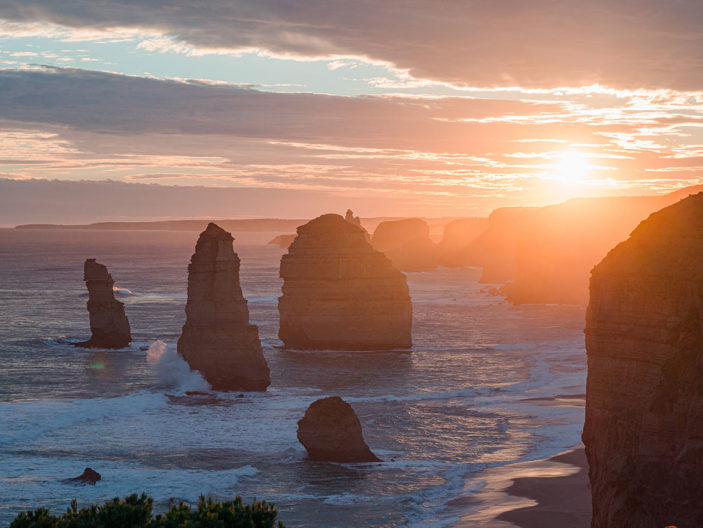
So why did it take me so long to actually review this camera? I was waiting for it to show me something that I didn’t like about it. But it never did.
For me, the G9 fills a gap between my big, heavy “work” cameras that I use for wedding and commercial shoots (two Nikon D800 bodies) and my now-very-outdated travel compact that I bought in 2015. It’s much smaller and lighter than my full frame D-SLRs but still handles like one, which makes carrying it around much easier. It’s my go-to Youtube buddy with its flip-out screen, 4K video and mic input, without sacrificing the photo features that I know I always want when travelling, and it’s also my BFF for self-portraits so I can keep my face on my Instagram feed without having to get someone else to take my photos. Initially I purchased my G9 with the Leica DG 25mm f1.4 lens because I am obsessed with bokeh and the sharpness of prime lenses, but I missed the added image stabilisation of an IS lens, particularly for shooting video, and later added the kit Leica 12-60mm to my collection as well.

I can’t describe how easy shooting talking head videos for Youtube is now that I have the G9. If I’m feeling lazy I can slap it on Intelligent Auto mode and let it detect my face, throw a shotgun mic on, pop the bright and crispy 3-inch free angle screen out to face me, hit record, hit my mark and wait a second for the focus to find me before I start talking. If I’m NOT feeling lazy or I need to be a bit further from the camera, I can use the manual video mode to choose my own settings, connect the camera to my phone with Bluetooth, review the focus and composition on my phone with the Panasonic Image App’s remote operation mode and then hit record right there on my phone. The mic input makes capturing great audio audio easy, I can choose from 4K video up to 60fps or full HD up to 180fps (plus a bunch of other less exciting but totally practical options) and the touch screen controls make navigating around menus to change these settings a breeze.

You would think the touch screen controls have essentially rendered the joystick, just to the top right of the screen, superfluous, but you’d be wrong. Beyond just using it to move your focus area and switch between images in playback mode, you can use it to make your other most-used functions much faster. A quick press down on that money shot in playback mode opens the wifi transfer dialog, and a quick press up plays a video so you don’t have to move your hands away from supporting the camera to touch the screen. Using just the joystick to navigate can be faster than just the touch screen, or the combination of the touch screen and rear wheel.
I’m a big fan of the Panasonic Intelligent Auto mode across all of their cameras that I’ve tested. It has rarely made a decision I didn’t agree with regarding exposure, though I do like to keep it underexposing just a little with exposure compensation. On a shoot where I need a bit more control, I’ll absolutely use manual settings to nail my exposures in-camera, but when I’m the one in front of the lens or if I’m kicking around a new city on holidays taking shots in various lighting conditions and shooting situations, I much prefer to let iA+ mode do its thing and just keep an eye on it to make sure it’s giving me the results I want. If you’re a RAW shooter, keep in mind that regular intelligent auto mode doesn’t support RAW capture, so you’ll need to make sure you have intelligent auto plus selected before you shoot.
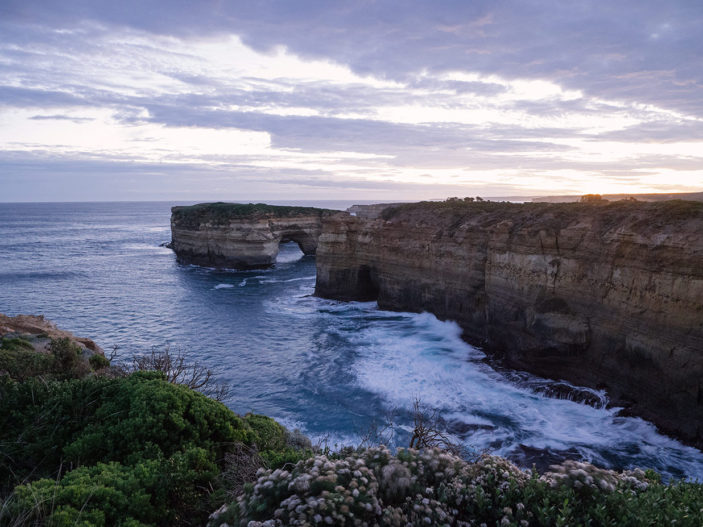
The Lumix G9 is rugged in a way Chris Hemsworth can only dream of. I assume. Freeze-proof down to -10 degrees and weather sealed against dust and water (in small quantities – definitely don’t try to shoot underwater without a housing please), the G9 suits me as an everyday and travel camera because I won’t be afraid to pull it out on drizzly days, near waterfalls, in the snow or in the high humidity of the tropics (or Brisbane mid-summer, where I live). At home, it’s the perfect companion for small-scale shoots – I can carry everything I need in a lightweight backpack and walk to my favourite local locations. I’ve used it for a Sorelle Amore-style “advanced selfie” shoot in my backyard with just me, my G9 on a tripod and my phone as a remote shutter, as well as to make Instagram content for influencer friends. I’ve even taken it out with me on normal days out with friends and just popped it in my normal not-made-for-cameras backpack, wrapped in a cardigan or jumper, and loved how light and portable it was despite the power I was carrying around.
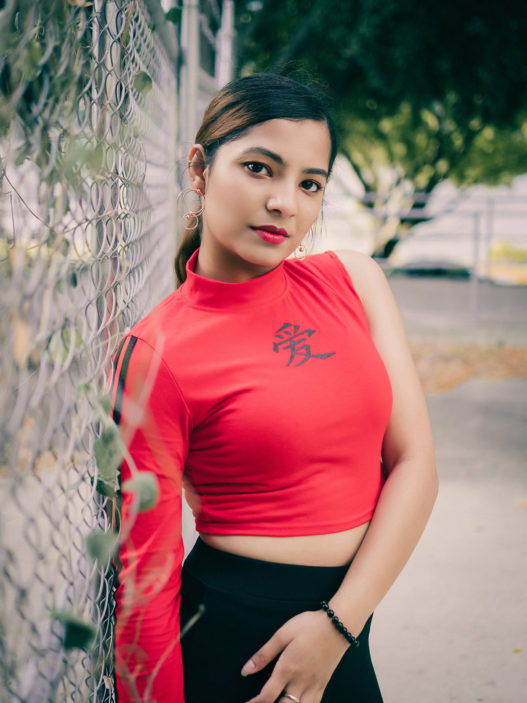
Having dual SD card slots in this camera makes my heart sing. When I’m shooting more seriously I use the second slot for an in-camera backup; when I’m shooting myself or video or for fun or on a trip I use the second slot for overflow, and I find that system works great – as long as the memory cards are fast enough to keep up with the G9’s 4K video or crazy frame rates.
For my usual shooting style, 80MP resolutions and 60fps shooting speeds aren’t something I’d need very often – its promotional materials feature a lot of silhouetted giraffes and leopards, but the closest I’ve come to the savannah lately is shooting my cat napping in the sunny patch on my bed. But I’m definitely not mad at having the option to shoot a super high resolution photo should I have the need, and I look forward to having the option on my next trip abroad, maybe on some breathtaking detailed views or city lights. It’s important to note that you will need a tripod or surface to rest the G9 on to get those 80MP shots – the G9 actually captures 8 images, slightly shifting the sensor for each one, and them combines them in-camera to make your resulting 80MP shot, so shooting handheld would introduce too much variety – in the form of camera-shake – between the 8 images. Also, if your scene has any moving parts like people walking through the frame, it’s possible that they’ll appear repeated or ghosted in the shot – depending somewhat on the length of your shutter speed. If it’s dark enough that you can get away with it, or you have an ND filter handy, slowing down your shutter speed will help to eliminate those repeating or ghosted elements and blur your moving parts into oblivion.
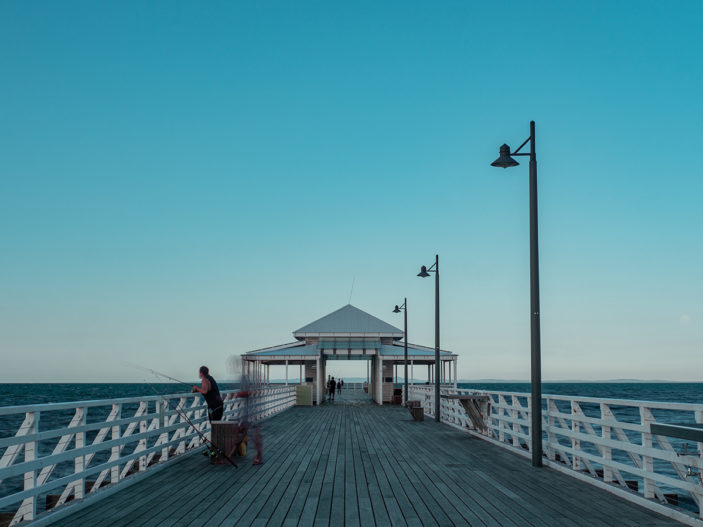
At the time it was announced, the G9 was the only mirrorless body to offer a top-mounted status LCD, and it was a huge drawcard for me. The Canon EOS R and Nikon Z system bodies, and some of the Fujifilm X series are also offering this now, but I like that the placement of the LCD on the G9 is exactly where I’m used to seeing it on my D-SLRs. I tend to shoot with the main LCD more than the viewfinder when I’m using this body, so despite the very beautiful 3680k-dot OLED live viewfinder I find that I rarely have the camera up to my eye unless it’s too bright out in the sun to see the screen properly. Being able to see my settings at a glance with the camera at my hip makes life so much easier, especially when I’m shooting portraits and want to carry on a conversation with my subject.
When I DO use the viewfinder, I really enjoy that it sticks out a little further than the screen – I believe that’s designed to accomodate glasses-wearers, which I am not, but I am a left-eye dominant woman who wears makeup, and that extra length on the viewfinder means the difference between losing all my makeup in the Bermuda Triangle of my left eye, left cheek and nose bridge to the LCD screen, or having flawless makeup all day. It might seem trivial to you, but when a client asks for a photo with me at the end of a 12 hour wedding and my D-SLRs have claimed all my makeup in that area, it matters.
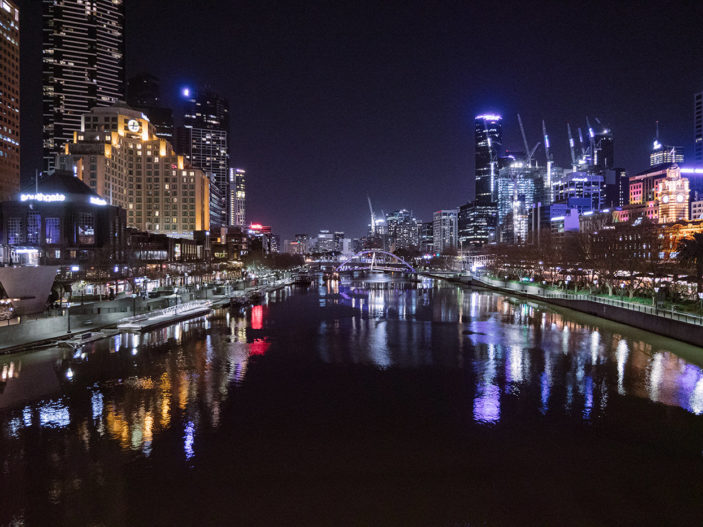
Now almost a year and a half after its announcement, and a year after I purchased it, the G9 is still holding its own as a versatile and feature-packed camera body. The ONLY thing I would change is that I wish it was full frame – which, with the Lumix S1 and S1R full frame bodies out now my wish might have already come true, but I won’t be moving away from my G9 just yet. It’s proven to be reliable, high performance and perhaps most importantly, extremely easy and fun to use.
![]()
![]()
![]()
![]()
![]()
FIVE STARS (OUT OF FIVE)
Highlights: Honestly… everything. Great video, great stills, easy to use.
Lowlights: ¯_(ツ)_/¯
Manufacturer: Panasonic
Price: $1999.95 body only
Available: Now
Review conducted on a retail unit purchased by the author.
